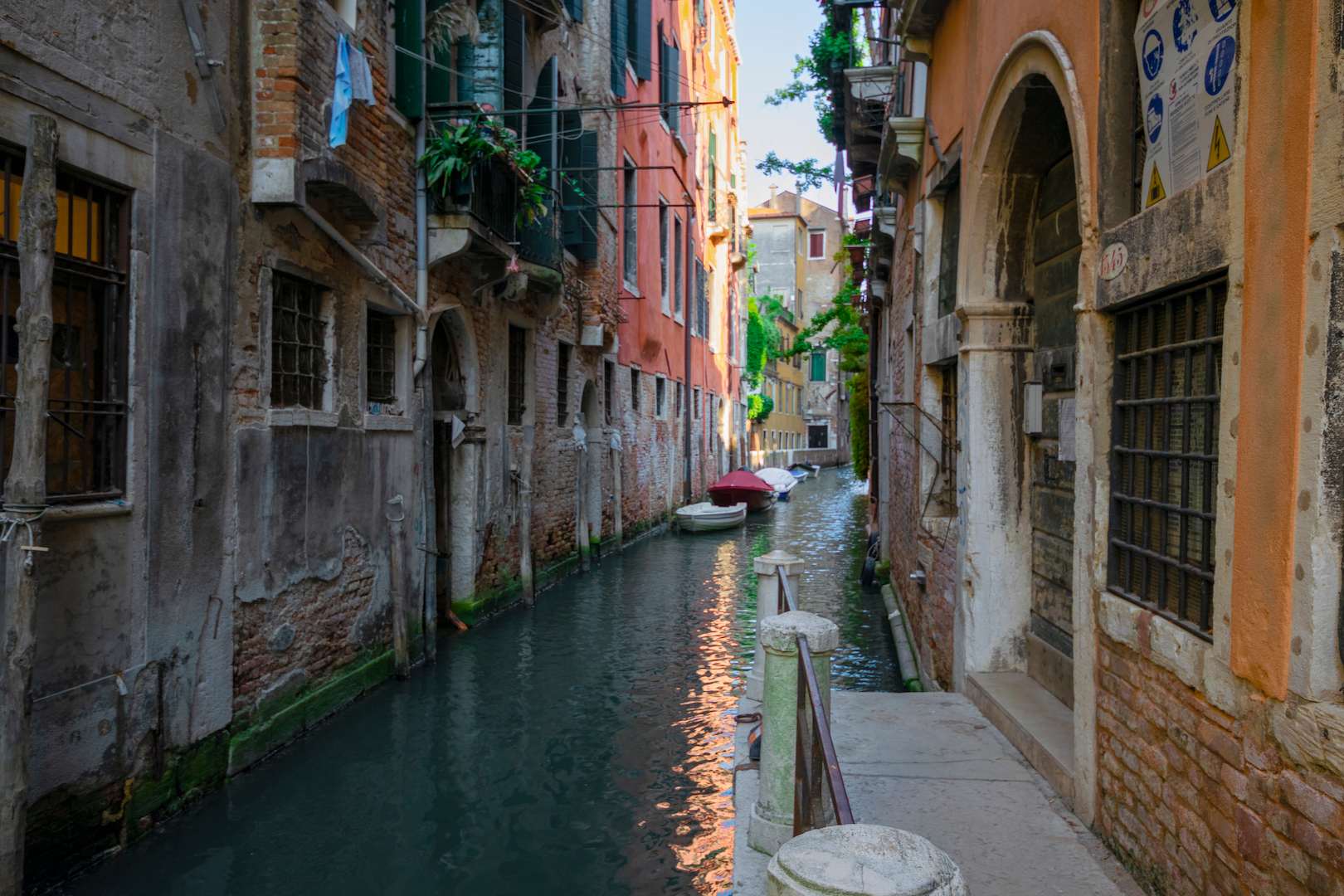Scientists are recreating the smell of 16th-century Europe
History is written, read, told — but rarely ever is it smelled.

History is written, read, told — but rarely ever is it smelled.
Historians and scientists across Europe have now gotten together with perfumers and museums for a unique project: to capture what Europe smelled like between the 16th and early 20th centuries. A European street today may smell like coffee, fresh-baked bread and cigarettes. But what did it smell like hundreds of years ago? As part of this three-year-long project called "Odeuropa," the researchers want to find all the old scents of Europe — and even recreate some of this ancient smellscape: from the dry tobacco scents and the earthy medicinal herbs, to the odors of stinky canals.
To do this, they will first build artificial intelligence that will be trained to scan historical texts, written in seven different languages, for any descriptions of odors, according to The Guardian. The A.I. will also be trained to detect images of objects in the texts that might be aromatic. The team will then use this information to create an online encyclopedia of smells from Europe's past.
Related: Why do smells trigger strong memories?
The "Encyclopedia of Smell Heritage" will include the meaning of certain scents and will trace the stories behind scents, places and olfactory practices, according to a post on the Odeuropa website by project lead Ingeer Leemans, a professor of cultural history at The Vrije Universiteit Amsterdam. "This database will become an archive for the olfactory heritage of Europe, enabling future generations to access and learn about the scented past," she wrote.
The researchers will then work with chemists and perfume makers to recreate past smells and figure out how to display the smells in museums and other historical sites.
"For me, tobacco is really a central smell in European history and heritage," William Tullett, a lecturer in history at the Anglia Ruskin University in Cambridge, England, and part of the Odeuropa team, said in a video introducing Odeuropa. "It's a hot, smokey, pungent smell but of course, it's not one smell at all because perfumers and tobacconists and grocers have experimented with scenting tobacco in all kinds of ways."
Sign up for the Live Science daily newsletter now
Get the world’s most fascinating discoveries delivered straight to your inbox.
This scent — and many others — are tangled in history.
The encyclopedia will also include descriptions of people for whom smell was important, such as physicians, Ruskin told the Guardian. Other scents that could be included in the encyclopedia are herbs such as rosemary that people would use to protect against the plague or "smelling salts" for fits and fainting, he said.
But just as history was filled with interesting and pleasant smells, it's also filled with stinky ones.
"I find it particularly interesting to make the audience ('odience') get acquainted with a whole range of scents such as a stinky canal," said Caro Verbeek, a scent historian at The Vrije Universiteit Amsterdam and member of the Odeuropa team. "It will make us more aware of how we relate to smell today and differently smells were appreciated in the past."
Foul odors also have history — and our perception of what was pleasant or stinky has changed. For example, body odors only became taboo at the beginning of the 20th century when industrial production made perfume and soap available to lower social classes, Verbeek told Live Science in an email. "Animal manure was glorified by writers around 1900 because it expressed a longing for the countryside but was also a way to express a dismay for the 'odorless' and 'civilized' bourgeoisie," she added.
With current technology, almost every scent can be synthesized, Verbeek said. The more difficult part of the project will be to find descriptions of scents, because people haven't always talked or written about them, she said.
Scent plays a central role in our everyday life, even acting as a powerful time machine into our own past with its ability to spark long-forgotten memories. But it's also a key tool in telling the stories of others.
"Scent gives us access to the past in a much more intimate, direct and emotional way than language and images," Verbeek said. The project, based on a grant of 2.8 million euros ($3.3 million), is set to begin in January.
Originally published on Live Science.

Yasemin is a staff writer at Live Science, covering health, neuroscience and biology. Her work has appeared in Scientific American, Science and the San Jose Mercury News. She has a bachelor's degree in biomedical engineering from the University of Connecticut and a graduate certificate in science communication from the University of California, Santa Cruz.










